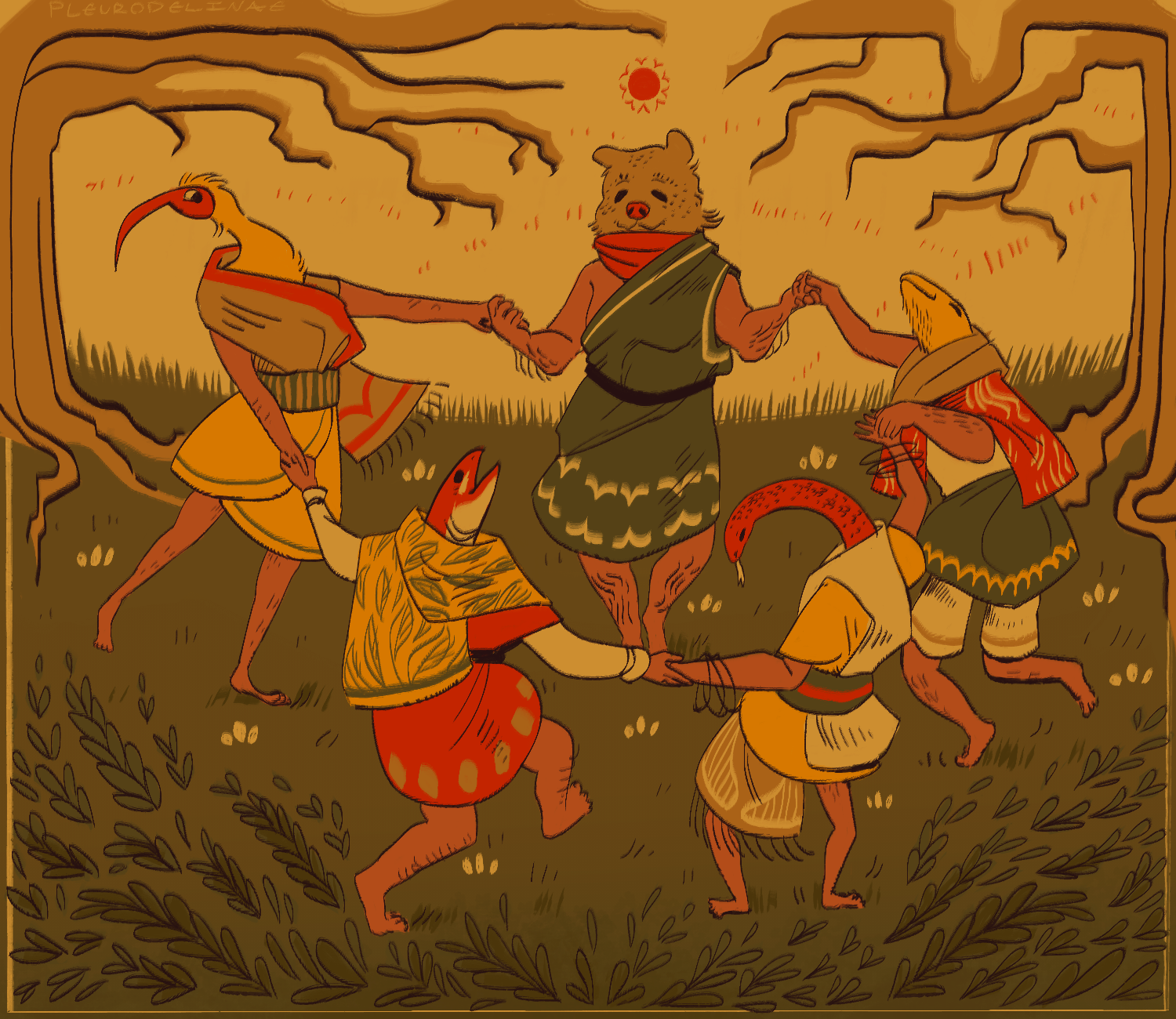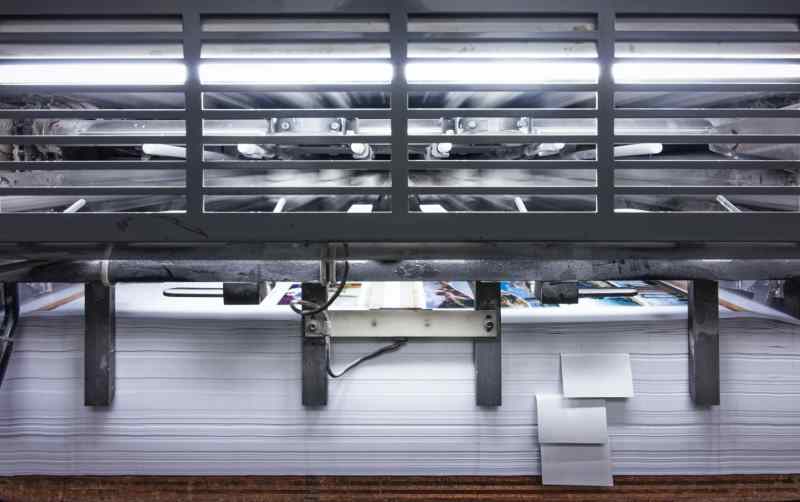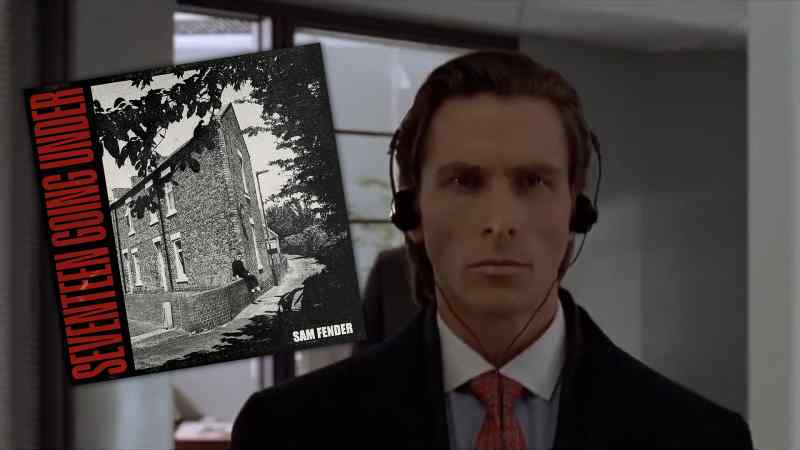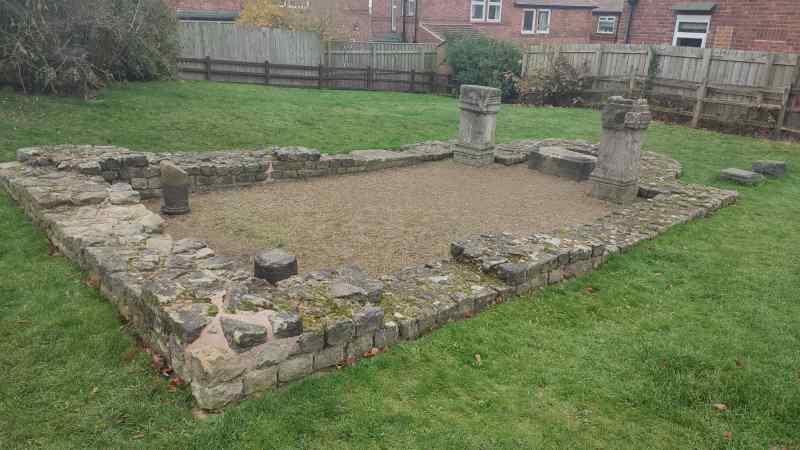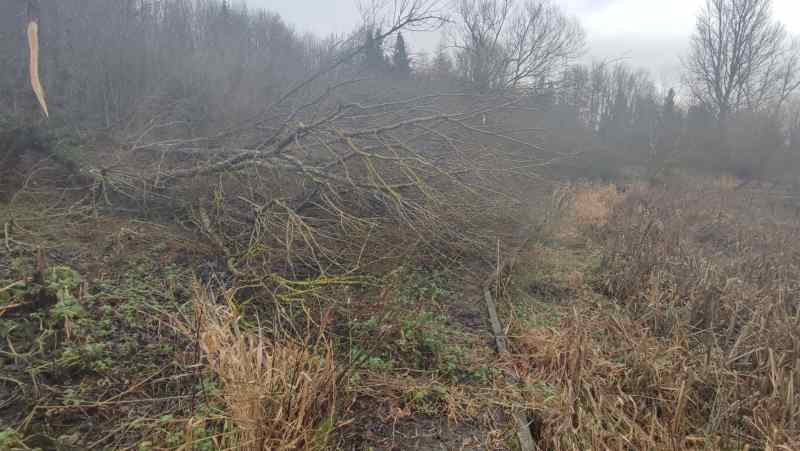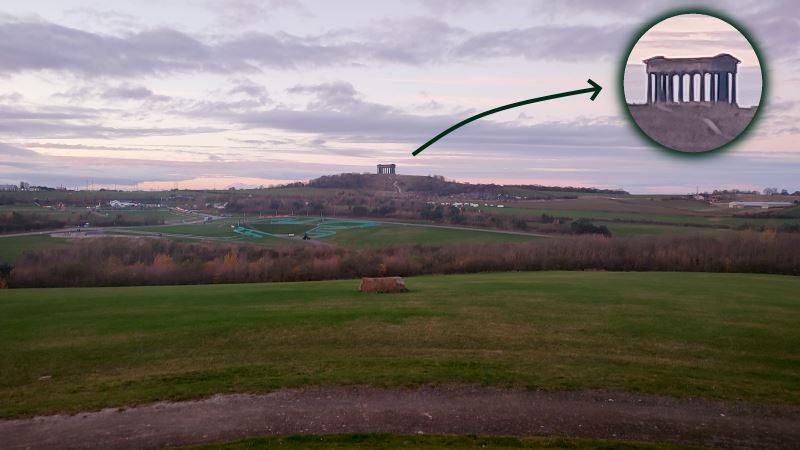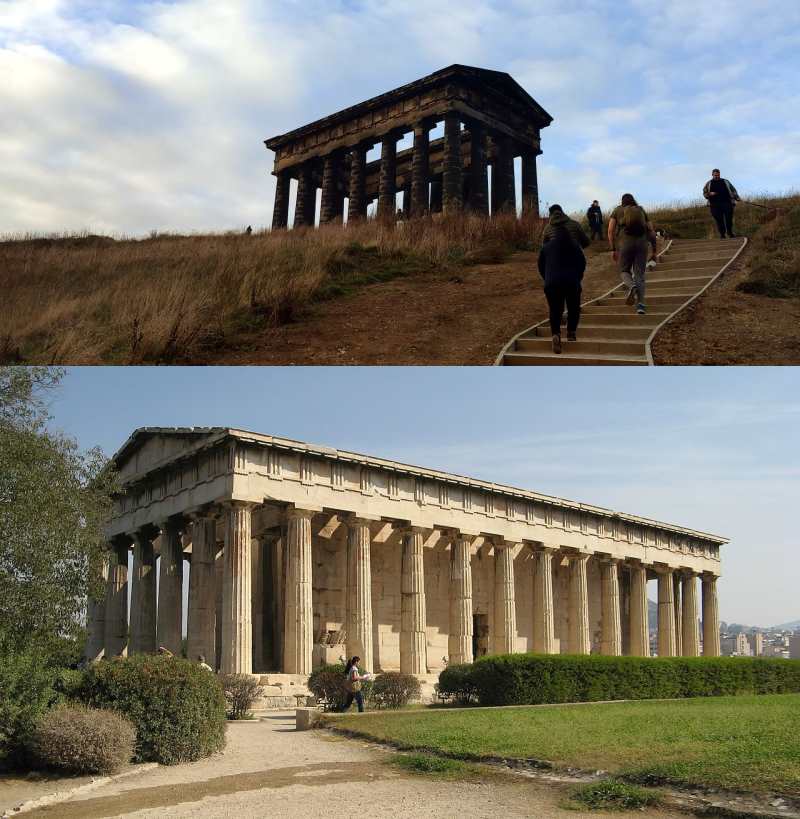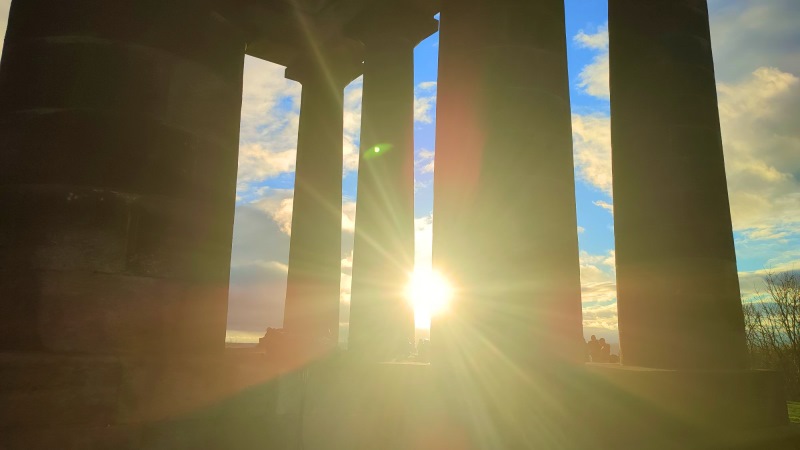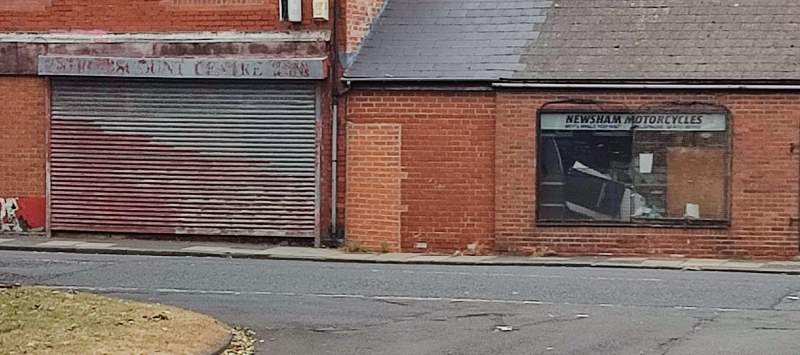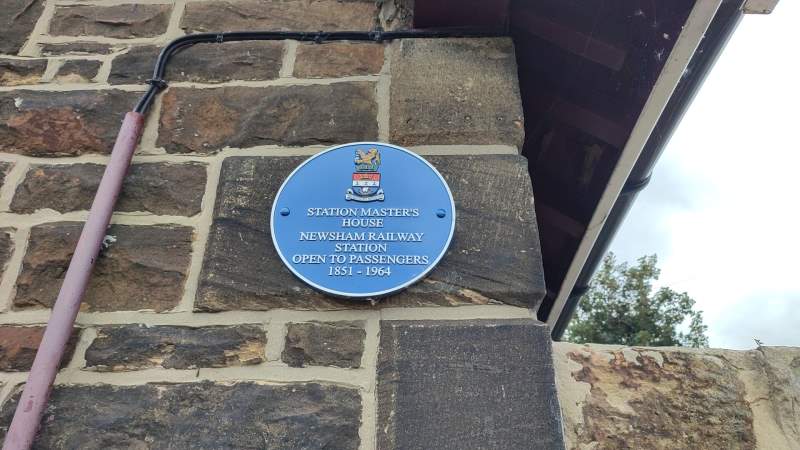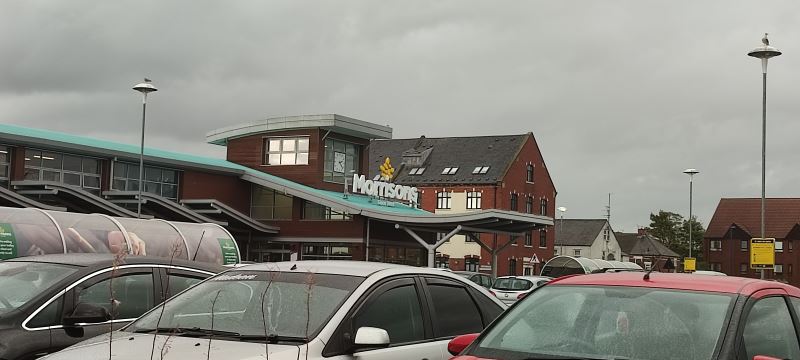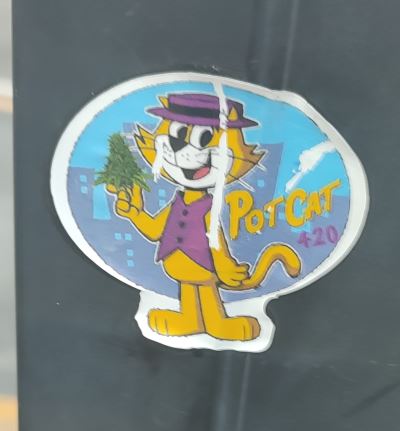This post is also available as a fancy, proper done-up page on the main site.
Well, here we are again. 2021 is almost over, and it was better than 2020, thank… well, you should probably thank every God just to cover your bases and make sure it doesn’t happen again. (And the biologists, too. They have a vial of smallpox and they know how to use it!)
So. What do i think might happen in 2022? Well, here’s my list of predictions, in no particular order. Some of these i’m absolutely sure of; some of these are just a wild guess. I’ll come back at the end of the year and give each one a grade, from “aye” to “kinda” to “nah”.
🦠 The pandemic 💉
- There will be no mask or distancing mandate in England by the autumn equinox. The “plan B” measures will likely be relaxed at some point in March — perhaps earlier if Tory backbenchers get too fed up.
- The booster jab rollout will proceed unremarkably, as we all silently accept that we’re just going to have to treat covid like the ’flu now.
- Australia will continue being paranoid, but New Zealand will slowly start reducing restrictions.
🦁 The United Kingdom 🦄
-
Queen Elizabeth will die. I say this every year, but i genuinely do think this
will be the year — it’s not uncommon for widows to pass shortly after their spouses, and she’s
been attending notably fewer public events recently. Some related predictions:
- Her death will be after the Platinum Jubilee celebrations, simply by virtue of them being relatively early on in the year. Nevertheless, it’ll put something of a damper on the national mood.
- Somebody famous will get sacked as a result of ill-advised commentary, probably from the BBC.
- Boris Johnson will muddle along as prime minister despite intra-party discontent.
- A terrorist attack of some kind will occur in Northern Ireland. Tensions have been rising for some time, and, though nobody wants it to happen, one can’t escape the feeling that it will.
-
In the local elections:
- The Lib Dems will make gains, Labour will also make gains, but not as much, and the Reform Party and Ukip will backslide.
- A refugee from Hong Kong will get elected to a local council. Just a feeling.
- Someone who is neither male nor female will get elected to a relatively major position and the press will have a paddy over it.
🦅 The United States 🗽
- The Democrats get absolutely pummelled in the midterms, as Biden’s popularity flags and roadblocks in the Senate prevent much from passing.
- Donald Trump will have a major figure excommunicated from the Republican party, likely a potential 2024 candidate. Ron DeSantis? Mitch McConnell? Himself? Who knows!
- Kyle Rittenhouse will run for Congress. This will somehow be the least stupid thing to happen in the United States in 2022.
- Several people will die at the hands of a or many “QAnon” adherents. Mass bleach-drinking? Someone shoots up that pizza place again? We’ll have to wait and see.
🌍 The rest of the world 🌏
-
Xi Jinping will shit himself. Okay, not literally, but many world
leaders will likely make efforts to distance themselves from the Chinese government.
- A multinational company will close its offices in Hong Kong due to concerns about civil liberties.
- Emmanuel Macron will be reëlected as president of France.
- The Notre Dame redesign plans will be quietly replaced with something more in keeping with the building’s historic layout.
- Gay marriage will be legalised in another Asian or African country. We’re coming for you, Uganda! (It won’t be Uganda.)
📱 Technology (sorry) 💽
- The “metaverse” will neither be a gigantic flop nor as big as its proponents hope. Some people will quietly adopt virtual office spaces, teenagers will get VR headsets for their birthday, and furries will continue being furries, but there will be no great revolution.
- The NFT bubble will burst. Sorry, i mean, uh… the token that represents your claim of ownership to a jpeg of the NFT bubble will burst?
- Someone will announce a mid-range or “budget” folding phone, opening the floodgates to more widespread adoption. Probably Xiaomi.
🎬 Entertainment 💿
- Avatar 2 will bomb and possibly kill James Cameron’s career. Really: who on earth is actually excited by the idea of an Avatar sequel? Anyone? Literally anyone?
- The year’s blockbusters will largely be fine. Nothing great, nothing terrible. Wow, another Marvel sequel? I’d have never guessed! That one where the moon crashes into the Earth might be good dumb fun.
- Someone will drop the album of the decade. You hear those rumours about Kendrick Lamar?
